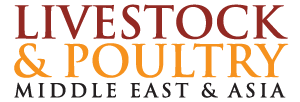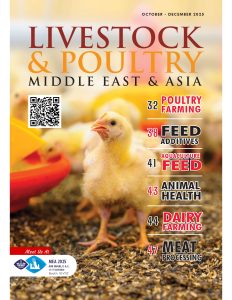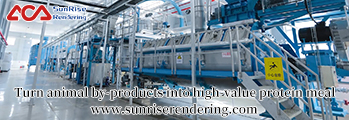The dry period is a rest time for the cow during the lactation cycle and is of paramount importance for the health and well-being of the animal. The impact of key management decisions taken during this time will be felt throughout the next lactation of the cow.
The following key components are essential for a successful dry cow management regime:
Dry Cow Period
The ideal dry cow period is 8 weeks. However, a longer dry period of 10 to 14 weeks is required for animals in sub-optimal body condition, carrying twins and first lactation or older animals. In an ideal situation, Body Condition Score (BCS) would be assessed 6 to 8 weeks prior to drying off with diets adjusted accordingly i.e., increase feeding to under-conditioned animals.
Dry cows should have a minimum of 0.66m feed space per cow available to support optimal Dry Matter Intake (DMI). Fresh feed should be supplied daily with optimal chop length if feeding via Total Mixed Ration (TMR). Clean water should be easily accessed at all stages. Adequate clean and comfortable resting areas should be made available for dry cows.
Body Condition Score (BCS)
Ideally cows should be dried off with a BCS between 2.75 and 3. Target BCS at calving is 3 to 3.5 for first calving heifers and 3 to 3.25 for cows. Cows calving with excess condition i.e., BCS >3.5 have depressed appetites and lose more body weight in early lactation. This leads to increased incidences of metabolic disorders which will have a negative impact on animal health and milk production. Dry cows should be grouped according to their BCS and their feeding programmes adjusted accordingly (to correct the BCS of animals outside of optimal range).
Cow Health
Any hoof health and lameness issues should be treated before the drying off process begins and heavily pregnant cows should be handled with due care at all stages. Foot bathing should be a regular occurrence for both dry cows and in-calf heifers. Farmers should consult with their vet on recommendations regarding liver fluke, rumen fluke, worm and selective dry cow treatments.
Dietary Requirements
As calving approaches, it is vitally important that cows receive the correct balance of energy and protein to meet their increasing nutritional demands. High quality protein is recommended in the close-up period before calving to ensure the production of sufficient quantity and quality colostrum.
Forage to be fed during the dry period should be analysed and chosen based on suitability for pre-calving cows. High Dietary Cation Anion Balance (DCAB) forages with excess Potassium (K) are associated with clinical and subclinical hypocalcaemia at calving time. This can have wide ranging impacts on the cow such as increased incidence of metabolic issues, including: retained afterbirths, metritis, mastitis and displaced abomasums, all of which reduce performance during lactation.
For more information on how to reduce the risk of hypocalcaemia with SoyChlor, click here: https://www.youtube.com/watch?v=iK6tBG-lFZY&t=186s
Mineral Supplementation
Cows should be fed dry cow mineral premixes for 8 weeks prior to calving. In-calf heifers should be fed for an extended period of 12 weeks before calving.
Dry cow minerals can be fed via TMR or scattered on top of silage. If spreading minerals on top of silage it is necessary to divide the minerals over at least two feedings per day. It is important to note that all dry cows and in-calf heifers reduce their dry matter intake by 30-40% for the last 4 to 7 days before calving. Hence, on many farms the dry cow minerals are included as part of the concentrate fed, whereby half of the daily concentrate and mineral is fed in the morning and the remainder is fed 12 hours later in the day. Remember, the cow cannot store Mg for longer than 10-12 hours. Splitting over two feeds helps to ensure that the cow receives adequate Mg right up to the time of calving.
Devenish Nutrition offers a range of nutritional solutions to match the type of cow, production level and type of system. Some of these include the use of Dry Cow Salts, Mag12 and SoyChlor.
For more information, visit www.devenishnutrition.com






















